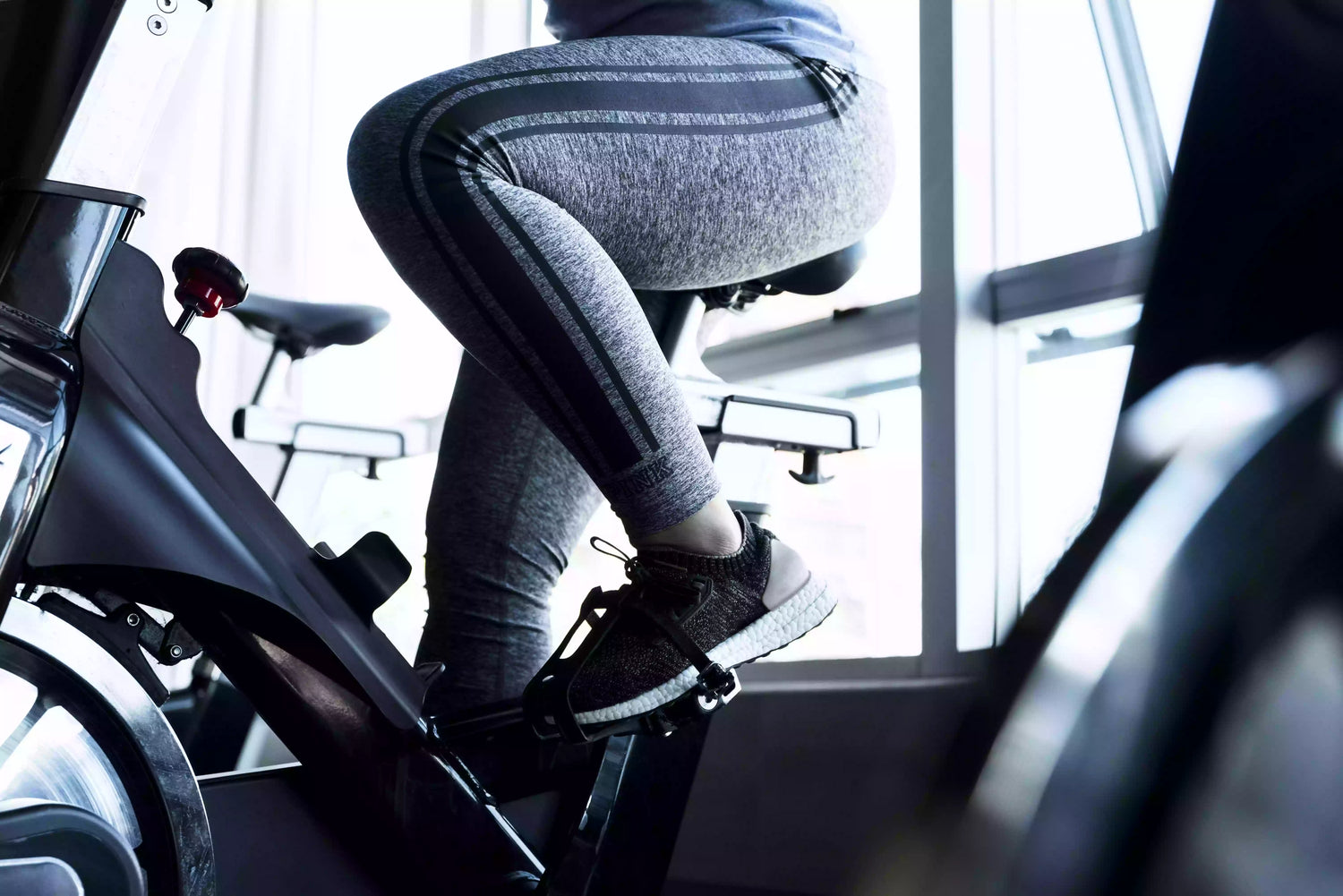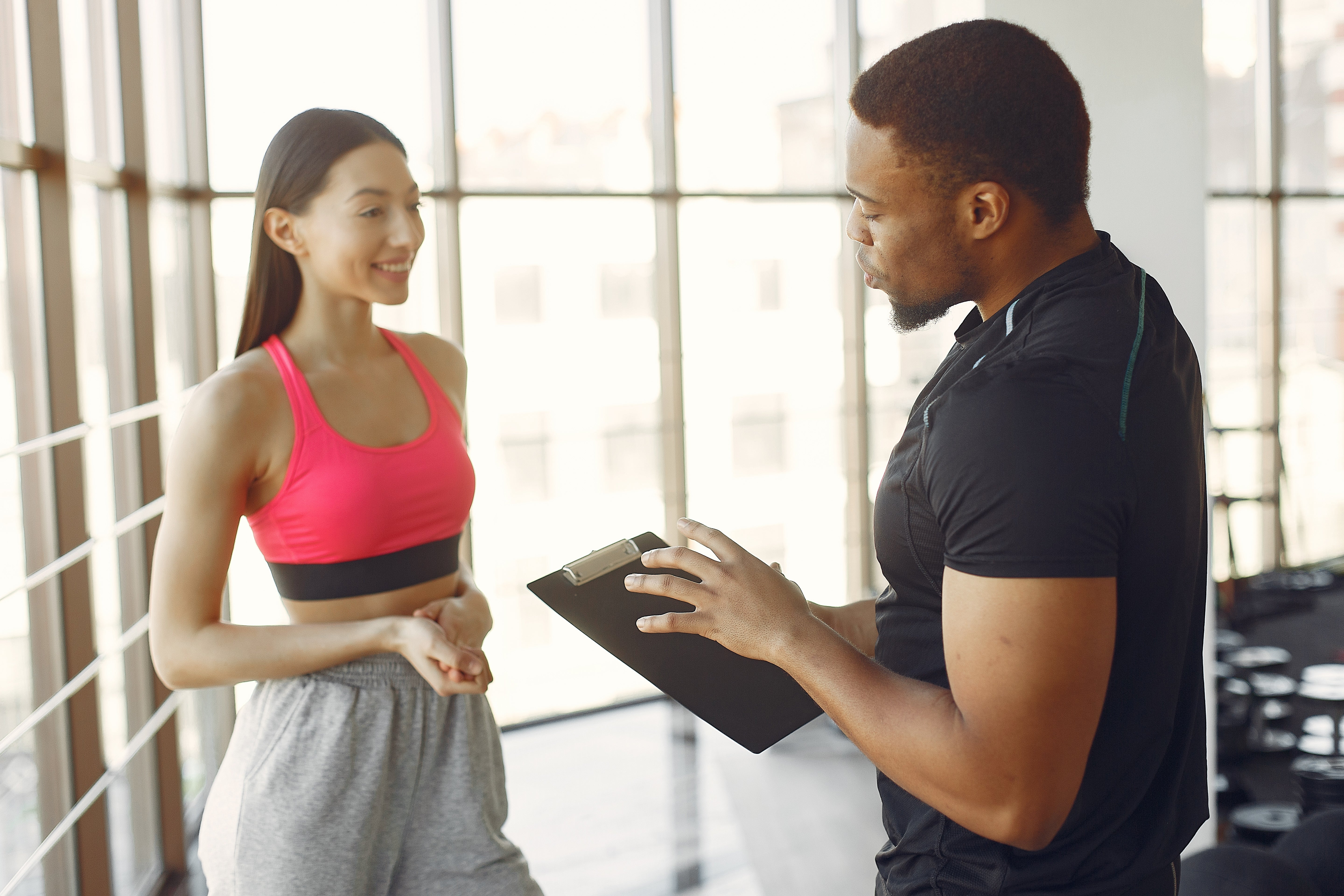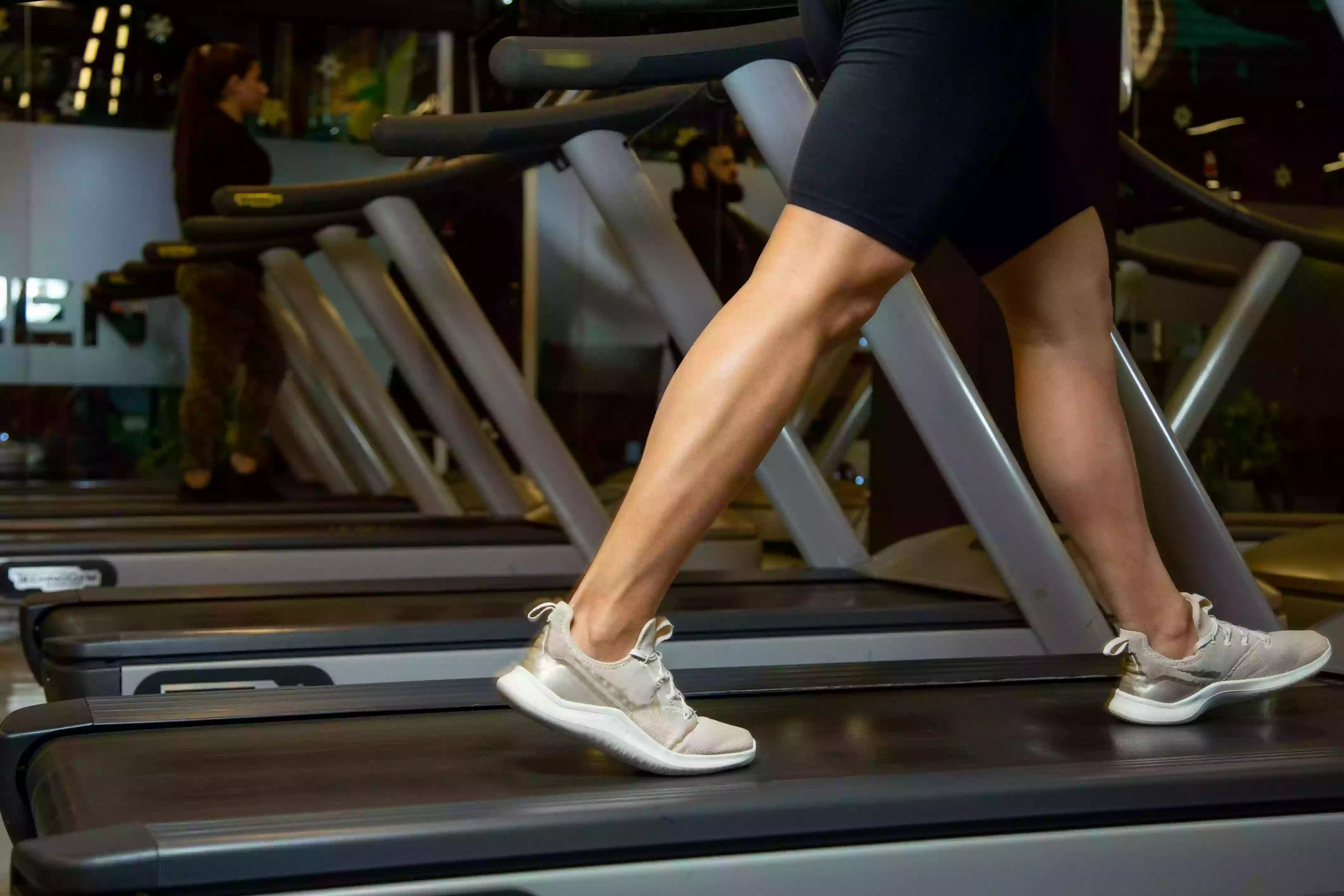Rainy days, icy roads, or nagging aches often stop runners in their tracks. It's tough to stay consistent when the weather won't cooperate or when an injury threatens your hard-earned progress. Many runners look for ways to keep fit without the constant pounding on their joints. The indoor bike offers a powerful, low-impact solution for all these common challenges.
Treadmills are another great indoor option, but when your body needs a break from impact, indoor cycling gives your joints time to recover while keeping your fitness strong.
Cycling can seriously upgrade your running game. It builds a stronger heart and develops leg power without the impact of pavement. Plus, it's a fantastic way to recover actively. This guide will share a complete workout plan, showing you how to use indoor cycling to become a faster, tougher, and healthier runner.

Why Indoor Cycling is a Runner's Best Friend
Adding indoor cycling to your training plan is a smart move. It offers many benefits that directly help your running. Think of it as a secret weapon for improving your fitness and staying on track.
Superior Cardiovascular Conditioning
Indoor cycling effectively works your heart and lungs. It pushes your cardiovascular system, much like a good run does. In fact, combining indoor cycling with occasional treadmill runs gives you the best of both worlds — strong endurance and controlled intensity.
Cycling can even help you reach higher heart rate zones more easily than running, building incredible aerobic fitness. This means your body gets better at using oxygen, which helps you run longer and faster.
Low-Impact Injury Prevention and Rehabilitation
Running puts a lot of stress on your joints. Indoor cycling removes this impact almost entirely. This makes it perfect for preventing injuries, giving your knees and ankles a break.
On days when you're feeling great, you can log miles on the treadmill. When your body needs a rest, hop on the bike for a lower-impact session. This balance helps you stay consistent without overtraining.
Actionable Tip: Use cycling on your "easy" days or when your legs feel tired from running. It's a great way to recover without adding more stress.
Enhanced Leg Strength and Power (Without the Pounding)
Indoor cycling is a fantastic way to build leg strength. It targets your quadriceps, hamstrings, and glutes. These are the same muscles that drive your running stride. Stronger legs mean more power for climbing hills and a more efficient stride on flat ground. This can translate directly into faster running times.
Actionable Tip: Change the resistance levels on your bike often. This helps work different muscle fibers and builds greater power — a great complement to incline work on your treadmill.
Essential Indoor Bike Workout Structures for Runners
Now, let's look at specific bike workouts designed for runners. These plans are simple to follow and fit different running goals. They can boost your running performance in many ways.
The Endurance Builder: Long, Steady Rides
Long, steady rides on the bike build your aerobic base. This is crucial for long-distance running. These sessions also improve your mental toughness, helping you push through discomfort. It's about training your body to work efficiently for extended periods.
Duration: Aim for 45–75 minutes Intensity: Keep a conversational pace. You should be able to talk easily (Zone 2 heart rate) Cadence: Maintain a smooth, steady pedal stroke. Aim for 80–95 RPM
Actionable Tip: Use these longer rides to practice your hydration and fueling strategies. You can also alternate weeks between this and a steady treadmill run for aerobic variety.
The Speed and Power Developer: Interval Training
Interval training on the indoor bike can greatly improve your running speed. It boosts your VO2 max, which is how much oxygen your body can use. These structured efforts mimic the demands of fast running.
Warm-up: 10–15 minutes of easy spinning Intervals:
-
Option 1 (VO2 Max): 6–8 sets of 2-minute hard efforts + 2-minute recovery
-
Option 2 (Anaerobic Capacity): 10–12 sets of 30-second sprints + 1-minute recovery
Cool-down: 10–15 minutes of easy spinning
Actionable Tip: These efforts can be rotated with high-speed treadmill sessions (like 800m repeats) to keep things fresh while reducing impact.
The Recovery Ride: Active Restoration
After a tough run or workout, your muscles need to recover. A very low-intensity bike ride helps. It increases blood flow, which can reduce muscle soreness. This active restoration helps your body bounce back quicker.
Duration: 20–30 minutes Intensity: Very light (Zone 1) Cadence: 95–105 RPM
Actionable Tip: Do a recovery ride the day after a long treadmill session or outdoor run. Your legs will thank you.
Maximizing Your Indoor Bike Workout: Key Techniques
Mastering Cadence and Resistance
Cadence is how fast your pedals spin. Resistance is how hard it is to pedal. Learning to vary both helps you target different muscle groups and cardio systems.
High cadence + low resistance = endurance
Low cadence + high resistance = strength
Actionable Tip: Use a bike computer or smart trainer to track your RPM. It helps you stay efficient and avoid burnout.
Integrating with Your Running Schedule
Adding indoor cycling doesn’t mean giving up running. Instead, it’s about creating smart balance.
-
Use cycling for recovery or easy days
-
Use your treadmill for running workouts when outdoor conditions aren't ideal
-
Replace one run per week with a cycling session to reduce impact load
Actionable Tip: Start with one or two bike sessions per week alongside treadmill or road runs. Increase only if you feel good.
Proper Form and Bike Setup
Correct bike fit and posture prevent discomfort and injuries. If you feel tightness or numbness while riding, your setup likely needs adjusting.
Actionable Tip: Look up setup tips for common indoor bikes, or choose adjustable models that make it easier to find the right fit.
Gear and Tech to Improve the Experience
Choosing the Right Indoor Equipment
If you don’t already have one, both a stationary bike and a home treadmill can help build your perfect indoor training setup.
Good options for runners:
-
Smart stationary bikes: Track metrics and resistance
-
Compact treadmills with incline: Simulate hills for strength
-
Foldable cardio machines: Ideal for small spaces
Actionable Tip: Pair your bike and treadmill to cross-train all year long, regardless of weather.
Accessories and Apps
Make your indoor training more enjoyable with:
-
A fan for cooling
-
A towel to manage sweat
-
A heart rate monitor for training zones
-
Apps like Zwift or Peloton for structured workouts
Actionable Tip: Choose structured bike workouts that complement your running goals — many apps have plans for runners.
Conclusion: Unlock Your Running Potential with the Indoor Bike (and Treadmill)
Indoor cycling is a powerful tool for runners. It builds endurance, protects your joints, and supports your performance goals — especially when paired with a home treadmill for added flexibility.
Key Takeaways:
-
Cycling builds cardiovascular fitness and leg strength
-
It reduces injury risk by lowering impact
-
Treadmills keep your running specific, even when weather or injury gets in the way
-
Using both helps you stay consistent, healthy, and strong














Laisser un commentaire
Ce site est protégé par hCaptcha, et la Politique de confidentialité et les Conditions de service de hCaptcha s’appliquent.